The famous tea ceremony of the Land of the Rising Sun and sweets reflecting the changing seasons.
Tea is one of the most favorite drinks in the whole world and can be drunk in many different ways. The culture of its consumption for each nation has its own centuries-old history.
For example, tea drinking in Kazakhstan is an important cultural and social component. Since ancient times, Kazakhs, meeting a guest, first sat him down to drink tea, and only then asked why he had come.
The tea ceremony in Japan also carries its important cultural codes. Today we will talk about this long tradition.
Key concepts in Japanese tea ceremony
Every action matters
The tea ceremony in Japan is a very responsible process. There are strict detailed rules in every movements. Also, every action is meaningful. It takes a very long time to learn these method and even we need a diploma to be a tea ceremony master.
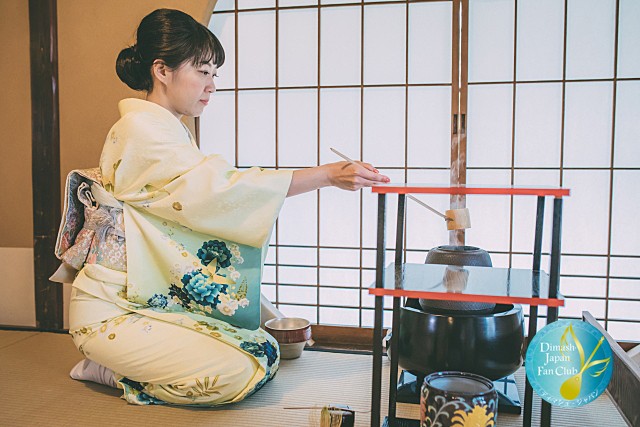
Sen no Rikyu
One of the most influential figures who laid the foundation for the emergence of the tea ceremony in Japan is the famous Zen monk and cultural figure Rikyu (Sen no Rikyu), who lived in the 16th century.
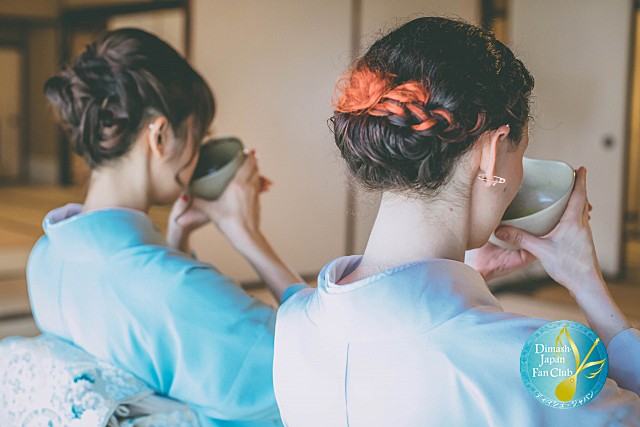
Japanese tea schools
There are several schools in Japan that have taken over the “tea ceremony” as a family business for hundreds of years.
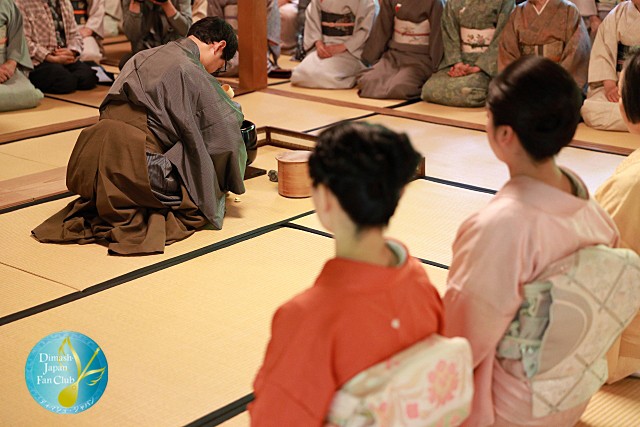
It takes a high spirituality to become a master at school. As a family business that inherits traditional Japanese culture, it is regarded as a very prestigious occupation in Japan.
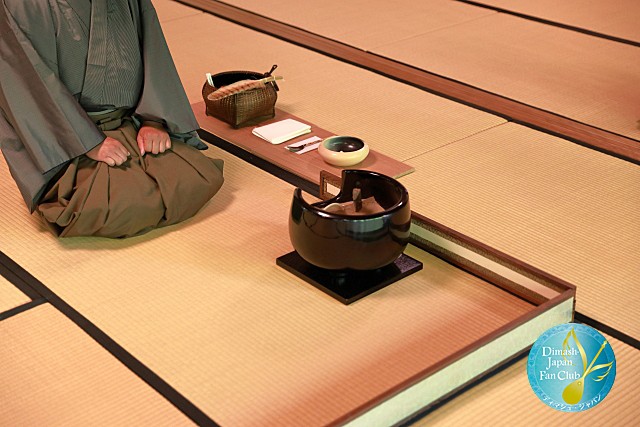
Types of Japanese tea
In Japan, different varieties and types of tea are distinguished – depending on how it is grown and how it is subsequently processed.
Among them: tamaryokucha, guokuro, kabusecha, matcha, sencha, bunch and others.
The most famous Japanese tea is matcha, which has a bright green color. It is prepared by rubbing tencha tea. The resulting powder is poured with boiling water and drunk.
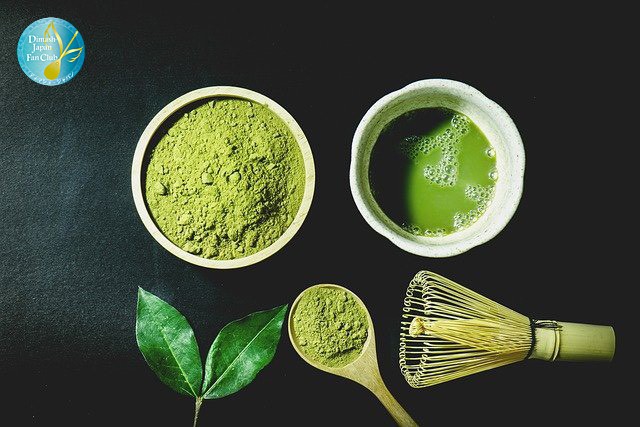
Wabi and Sabi
“Japanese tea ceremony” is embodiment of the spirits of hospitality which the host serves tea to customers. The host is creates a special space of hospitality with indicate the season for the guests. And the host brings a sense of season, and pure meaning of hospitality with presentation such as decorated picture, flower arrangement and selected teacup.
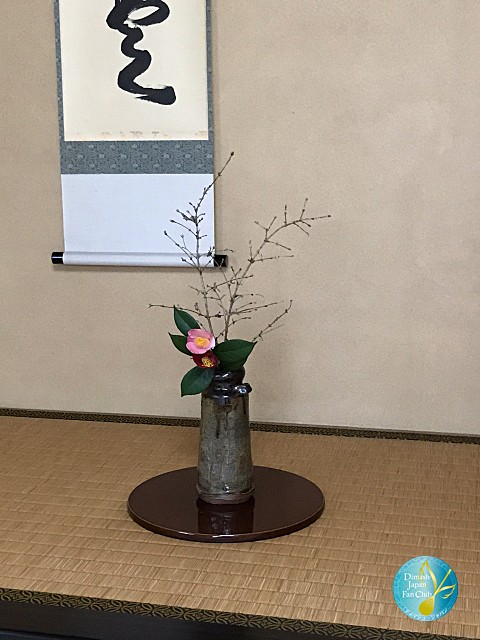
The essence of Japanese tea ceremony is an aesthetic sense without Unnecessary luxury. The beauty of being naturally feels the depth and deep idea in the silence.
These called “Wabi” and “Sabi” in Japanese and it’s a main concept of Japanese culture.
Seasonal Japanese sweets for tea
Japanese people are having a value of the sense of season very much. In Japanese tea ceremony, sweets also play an important role of presenting the sense of the season. At the tea ceremony, traditional Japanese sweets are served to guests along with tea.
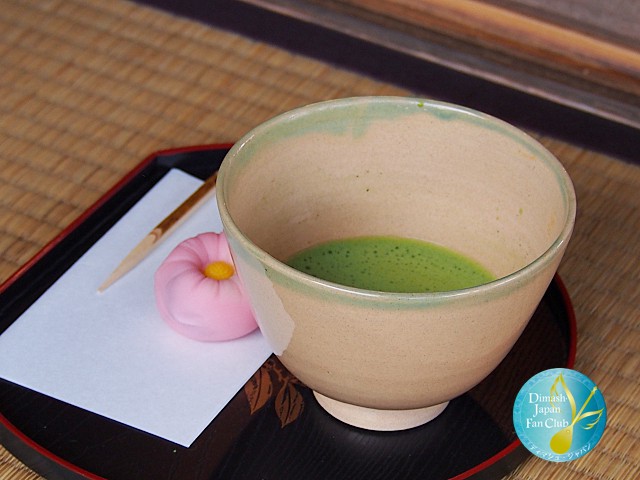
They are called “Namagashi/unbaked confectionary (Japanese confectionary)”
they are very soft and the basic ingredients are sugar from sugar cane, red beans, rice, starch etc. Skilled Japanese specialty artisan make them by hand.
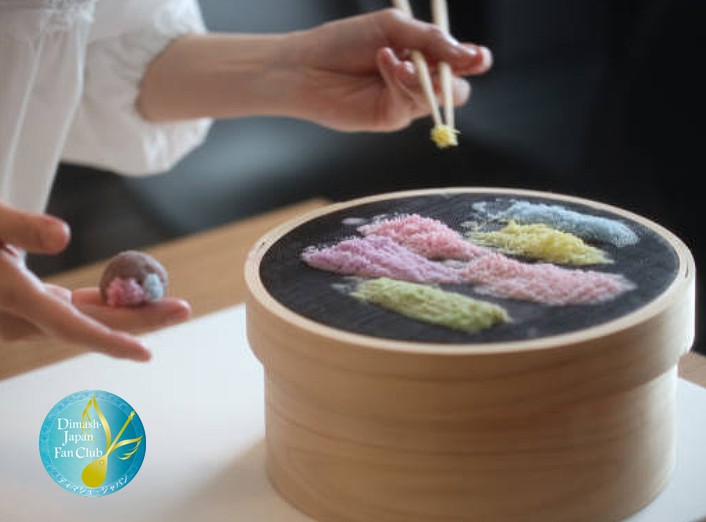
These Namagashi are not only used for “tea ceremony” but also as a daily tea time sweets.
There are no limit for the design of namagashi but what they have in common is that they presenting a sense of the seasons all year round.
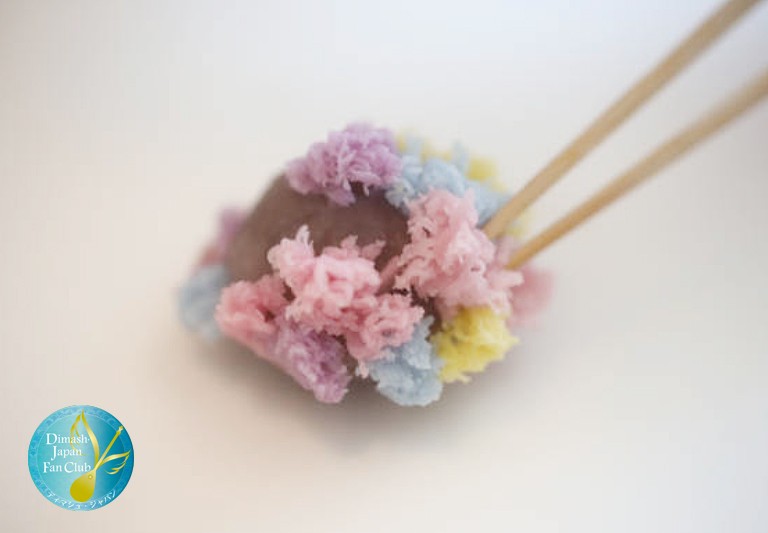
1. Spring In Japan, daffodils and cherry blossoms bloom beautifully. The warbler crows and announces the arrival of spring.

The design of Japanese “early spring” Japanese sweets is like the picture below.
All motifs are taken from flowers, animals and landscapes in Japanese natures.
Japanese sweets with different designs are produced every few weeks along with the changing seasons, from the early spring to later spring.

2. June: Hydrangea flowers bloom in Japan. It’s the beginning of summer.

We eat Japanese sweets that imitate hydrangea flowers.
Once the hydrangea season is over, this design will not be used until the next year.
3. Summer. At the restaurant in Kyoto, wooden floors are built on the river, where Japanese food is served.
It’s a summer-only setting to feel the coolness. At the end of summer, those floor will be removed.

Running water-like sweets are made all over Japan during Summer only.

4. Autumn. This is very beautiful season with the Autumn leaves.
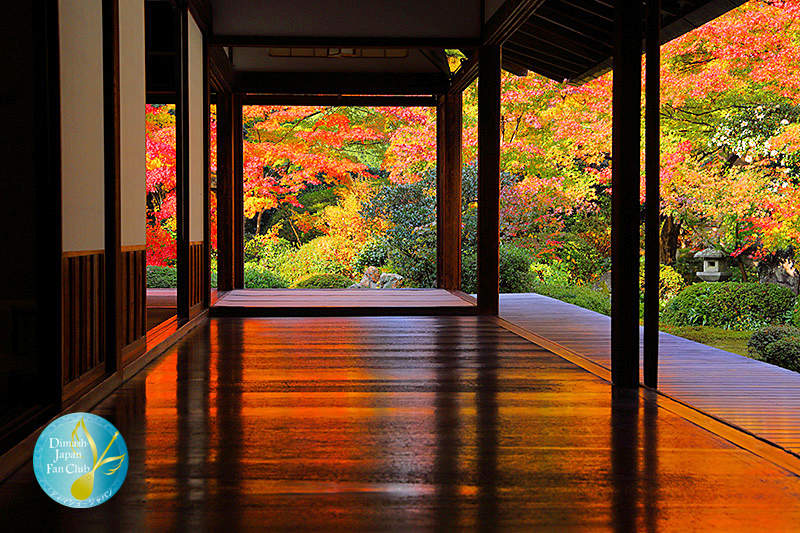
The colors of Japanese sweets are changing by weeks along with Autumn leaves changing its colors.



